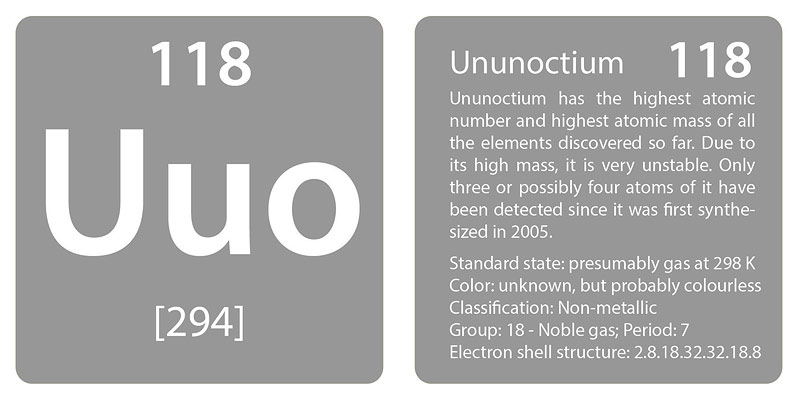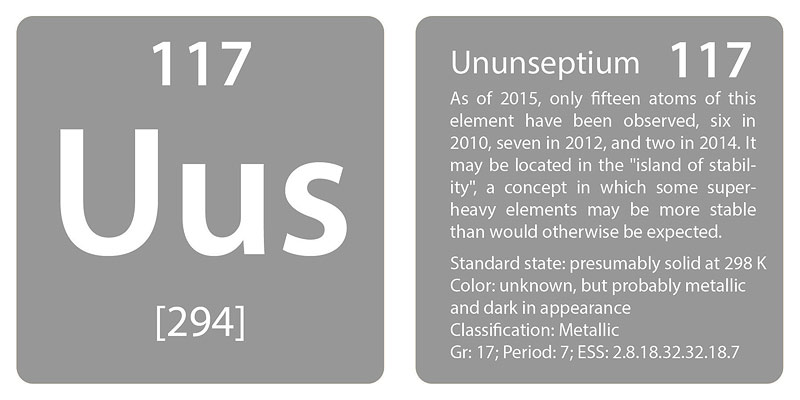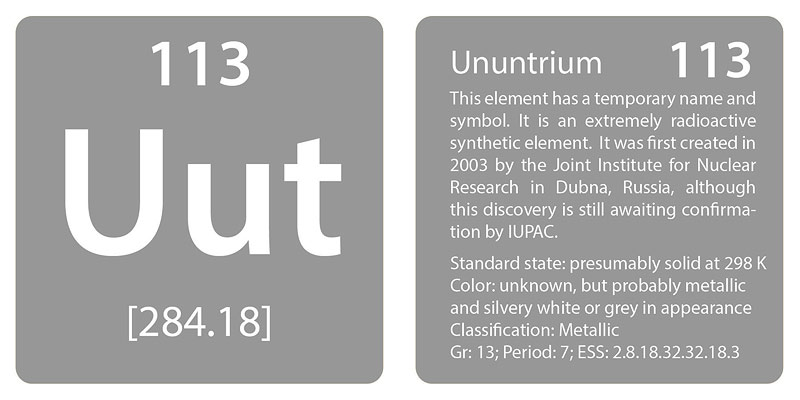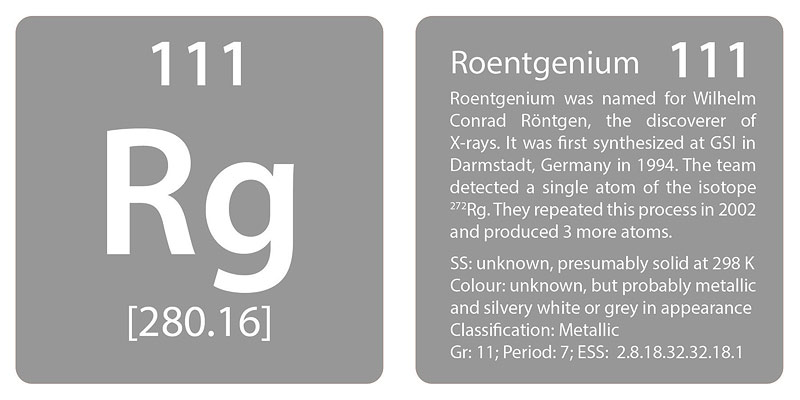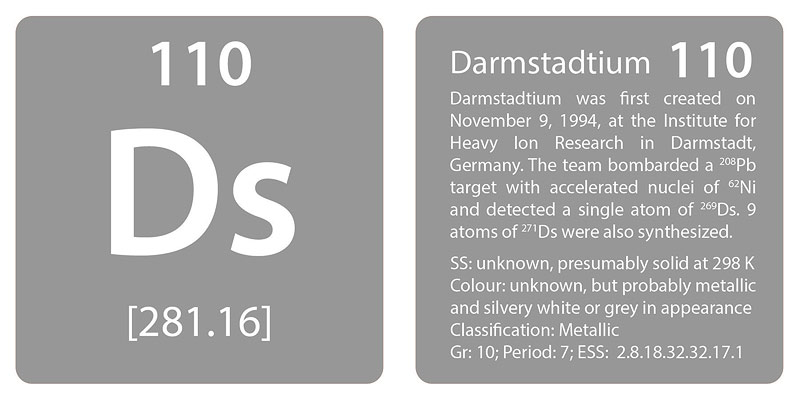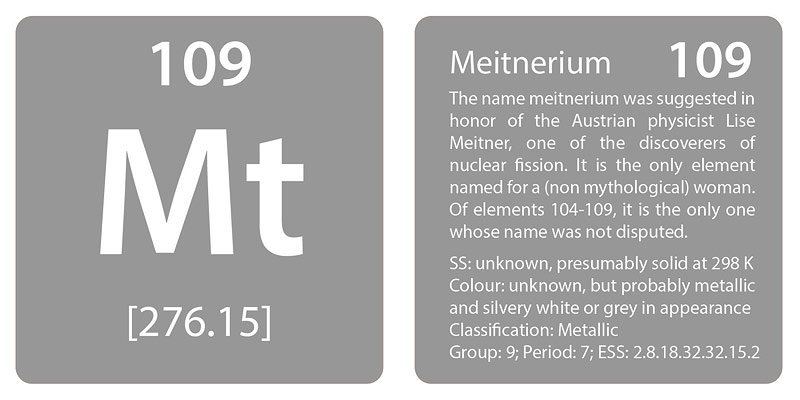Ununoctium has the highest atomic number and highest atomic mass of all the elements discovered so far. Due to its high mass, it is very unstable. Only three or possibly four atoms of it have been detected since it was first synthesized in 2005.
Here’s a video from Periodic Videos.
Check it out! here’s one last bonus video from Periodic Videos!
Learn more about it here:
Ununoctium at Simple Wikipedia
Check out the Heavy Metals Game questions at Quizlet.
While you’re there, practice matching the elements with their symbols!
